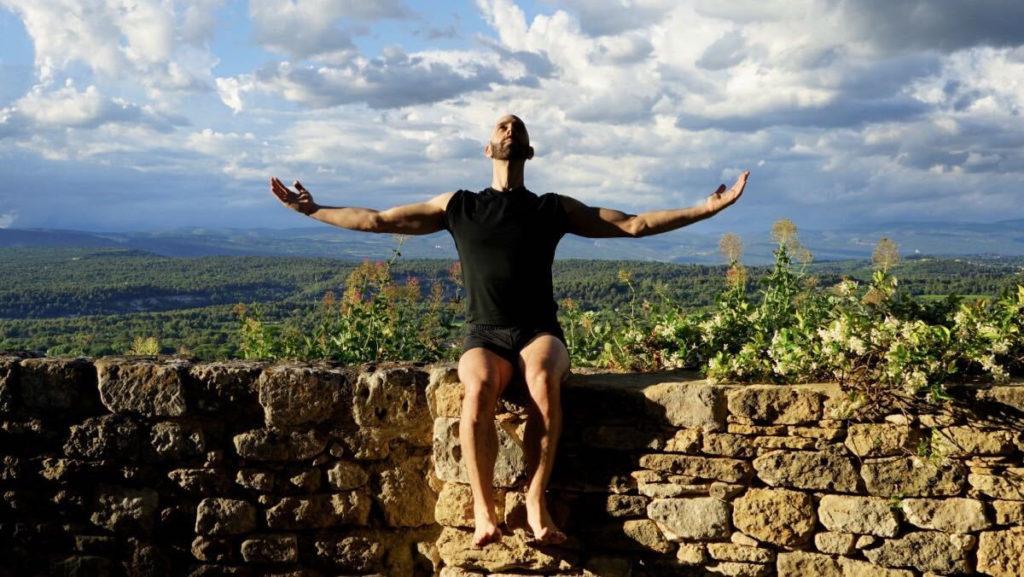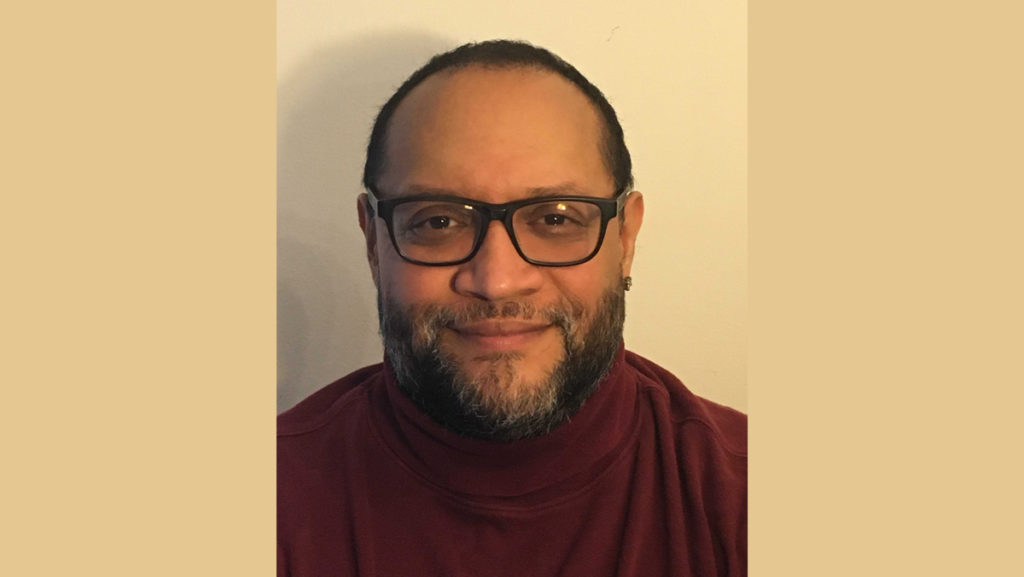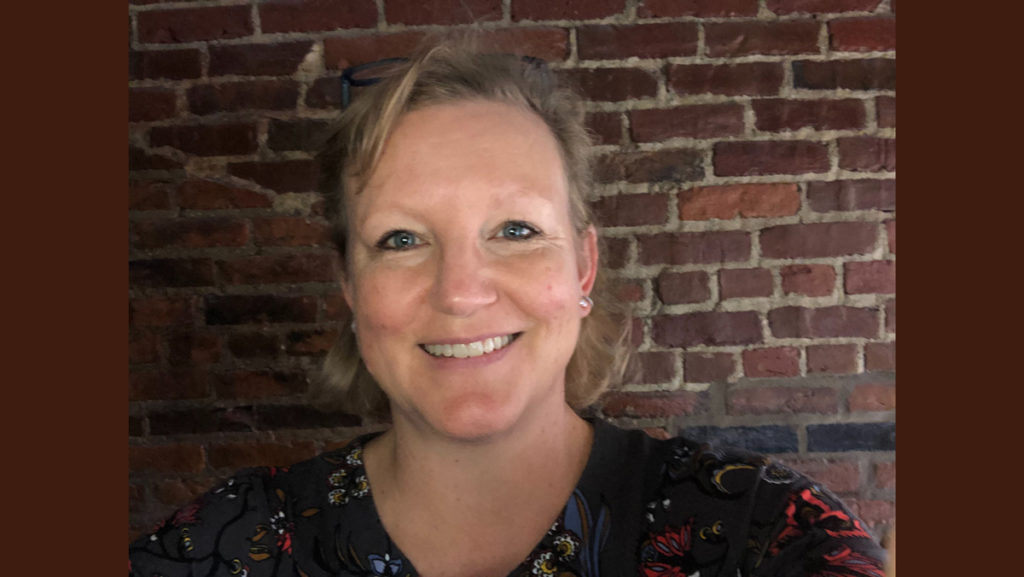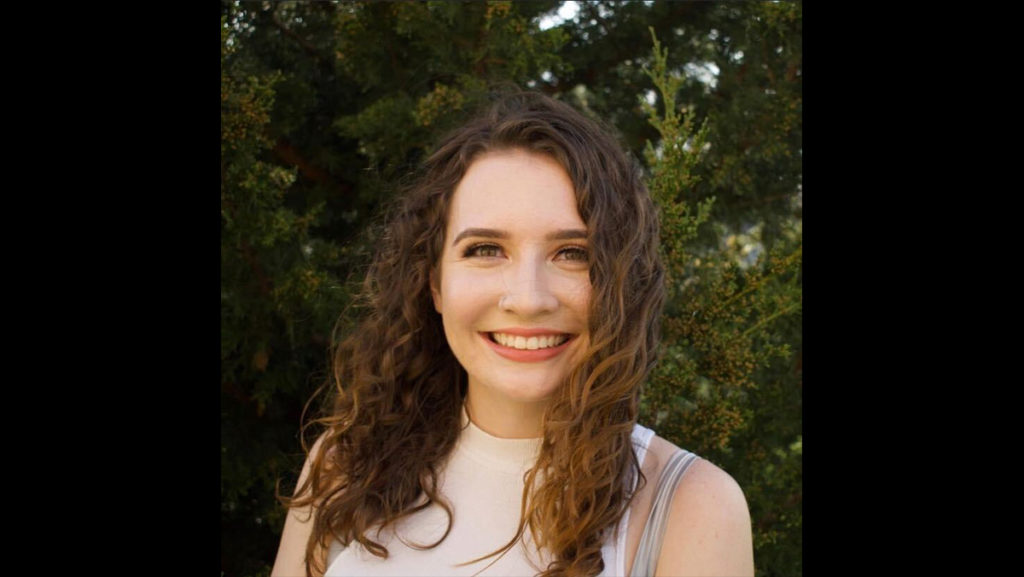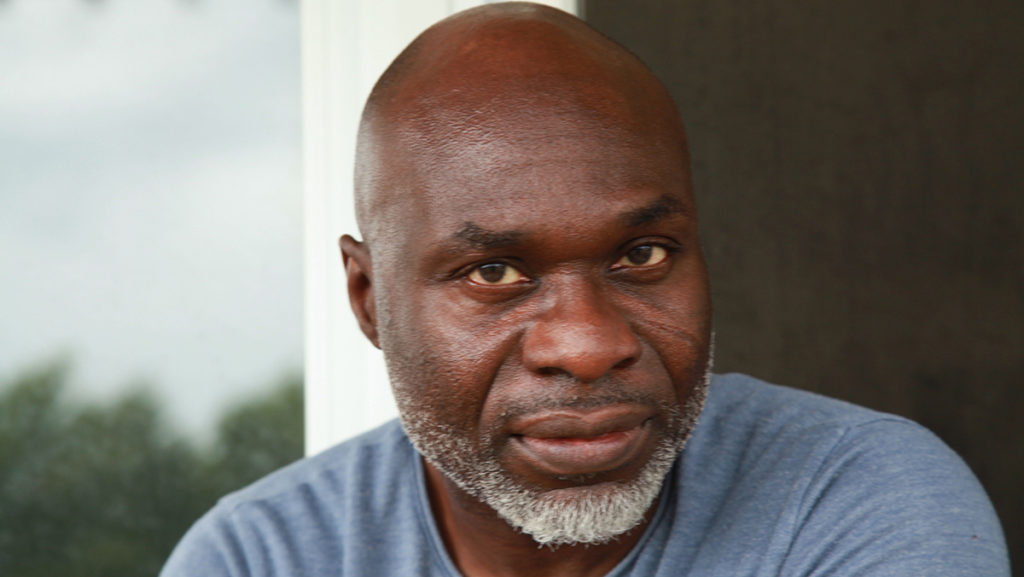Daniel Gwirtzman, assistant professor in the Department of Theatre Arts at Ithaca College and director of Daniel Gwirtzman Dance Company, a New York–based nonprofit, presented at the 22nd Annual National Dance Education Organization Conference.
Gwirtzman’s workshop, “Folk You: Using Folk Dance Forms to Dismantle Hierarchy,” focused on utilizing the ancient dance form of the circle. In his workshop, Gwirtzman proposes that the circle is able to help to foster empathy and community.
This was the first time the conference was held virtually. The conference was three days long and took place in late October. The theme was “Dance and Society: Developing Community, Empathy and Understanding through Dance.”
Opinion Editor John Turner spoke with Gwirtzman about how he utilizes the circle in his teaching and what it was like presenting at the 22nd Annual National Dance Education Organization Conference.
This interview has been edited for length and clarity.
John Turner: What was it like presenting at the conference?
Daniel Gwirtzman: Through the conference setting, I’m able to connect with so many people. I love to teach, so I’m excited to have a chance to make a master class where it’s not a term. I’m not going to be seeing these students, in this case, the educators in the session, more than once. I had to distill that knowledge into an hour-long, valuable session, and that’s a great challenge that I really enjoy doing at this point.
JT: How are you able to utilize the circle in dance virtually?
DG: Part of the fun of being in the circle is the fact that you do see everybody, and, whether you’re holding hands or not, you’re part of this community. In this moment in time, people are clamoring to have that community. The educators were willing and wanting to go to a place of that connection. … In terms of making that connection, I think we, meaning students and educators, are finding that there are a lot of silver linings when learning dance online. Some of them being, which the circle reinforces, is that there isn’t this sense of everyone’s looking at you. The quality of everybody doing the same thing and not having any mirrors, for example, is a very distinct change that students are responding to. So while it’s a useful tool in dance, it’s also a reminder of oneself and inhibitions and looking at oneself all the time. … It can be really great at helping quell insecurities. I challenge everybody to think more expansively. When a dance teacher is standing and facing a class, there’s an inherent hierarchy — it’s the leader, it’s the teacher, you’re following me — and the circle obliterates that. That was really the essence of this workshop session. Through the circle, hierarchy is dismantled.
JT: Can you talk more about how the circle can help to dismantle hierarchy?
DG: Without a front and with no leader, the mutable circle, of whatever size and composition, always has room for you, is inherently inclusive and finds strength in its rejection of hierarchy. As an equalizing structure, the circle, the basis of many folk dances, teaches the pluses and pleasures of group effort. In the circle, the value of humanity is prioritized at all times. The form nurtures a constant awareness of the other, taking the focus away from oneself and sharpening perceptions such as being in someone’s shoes, doing what is best for another, problem-solving with others, considering a new perspective and realizing a communal strength one generally does not access regularly. As an antidote to our society’s overreliance on technology, where eyes are cast downward into a device, this form cultivates the necessity of connecting with direct eye contact. The circle challenges a solitary, internal way of being and seeing, substituting the goals of a group.
JT: Have you learned anything yourself with having to transition to everything being virtual?
DG: Oh, sure. I mean, there’s definitely a lot of things that are much easier to demonstrate in the studio, and it requires a different kind of preparation. I have put a lot more time into preparing materials outside of class. So while we meet synchronously, I am constantly preparing tutorials, extra videos, things that I’m shooting on my own that can be helpful for the students. I’m aware how much I miss just being able to do partner work, to be able to dance with someone directly with contact. … As a developing dancer, we do mostly work as a soloist, understanding how our instrument works and developing our skills as an individual.


